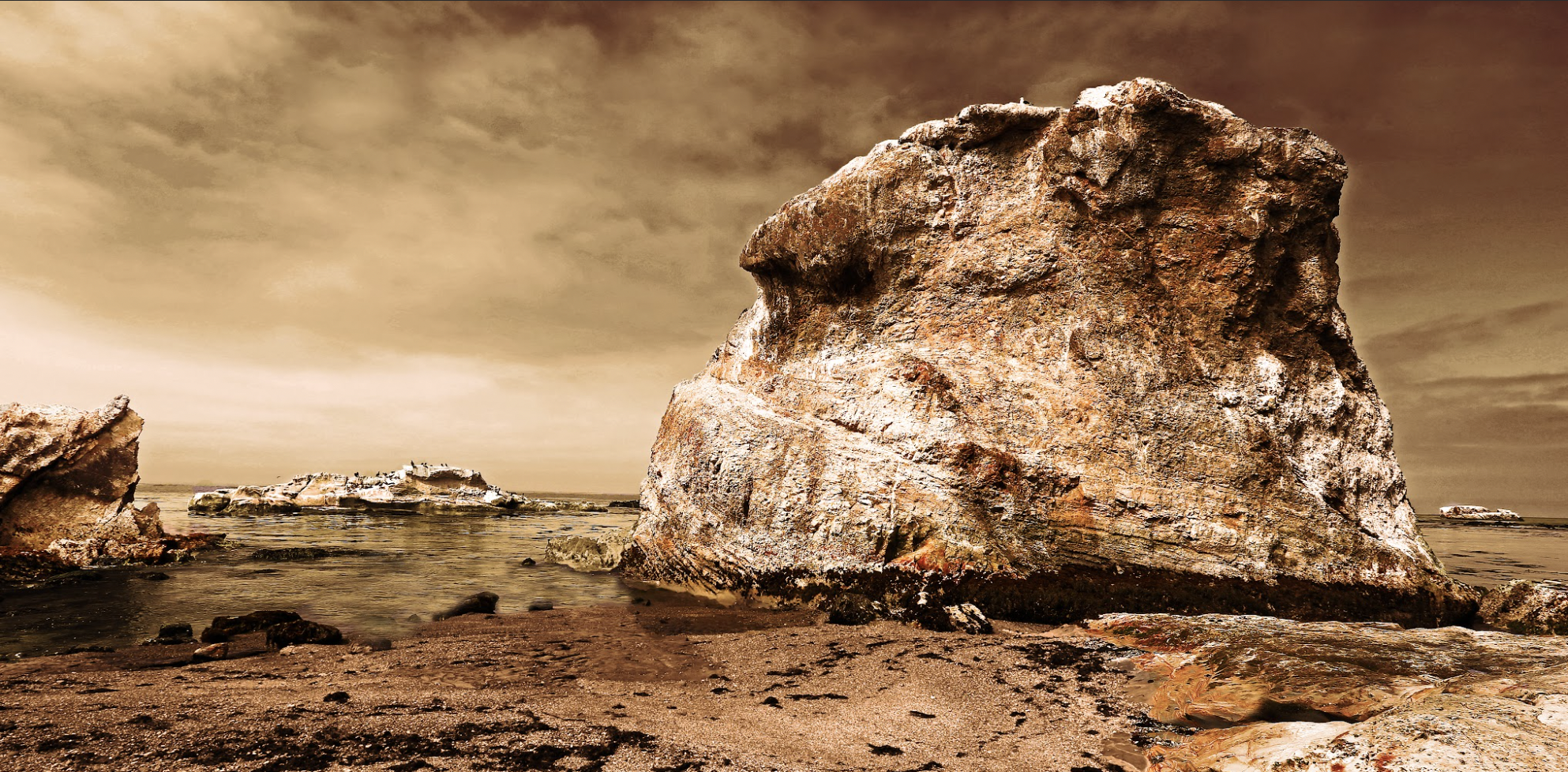Earth’s crust dates back earlier than previously thought, Yale study finds
A recent study by two Yale researchers discovered that the Earth’s crust had to have begun growing soon after the planet’s formation to allow for the time needed for mantle convection.

Rennett Stowe [licensed under CC BY 2.0]
A study published on March 24 by two researchers from Yale’s Earth and planetary sciences department adjusts the timeline of continental crust formation to start approximately 650 to 750 million years earlier than previously thought.
Geologists initially believed that the Earth’s continental crust only began forming in a geologic eon known as the Archean, about 2.5 to 4 billion years ago. This estimate was deduced by dating crustal rocks and looking at signatures of mantle depletion. Evidence of mantle depletion is indicative of crust formation, and no signs of such depletion appeared until about 3.8 billion years ago. Thus, this timeframe was the accepted approximate for initial continental crust growth. Yale researchers now argue that for this theory to be true, different parts of the mantle had to have mixed instantaneously, which they say is unlikely.
“Our study finds that the evidence of depleted mantle in the basalts can be delayed due to finite time mixing effect — much like it takes time to mix cookie dough in order to make a cookie, it takes time for it to be completely mixed,” said Meng Guo GRD ’24, first author of the paper and a student in the Department of Earth and Planetary Sciences.
Earth’s crust was formed by crystallization of the inner layer known as the mantle. The mantle is mostly solid but can flow over large timescales — leading to tectonic plates — and partially melt due to localized high temperatures, low pressures or addition of volatile materials like water, which leads to volcanic eruption and crust formation. This happens because melted rocks rise to the surface and cool to produce the solid, brittle crust. Consequently, the mantle loses elements and its composition is altered. This is called mantle depletion.
The layers of the newly solidified crust retain the composition of elements of the mantle they crystallized from. WIth this, the composition of the mantle at a certain point in time can be deduced by studying the composition of rocks in the crust from that period, which is called a mantle signature. Since the mantle’s elemental composition becomes more depleted as more crust is produced, crust from different time periods will yield different mantle signatures.
“Many scientists say that if there was continental crust before 3.8 billion years ago, we should see it, but we don’t, so it didn’t exist,” said Jun Korenaga, professor of Earth and planetary sciences and co-author of the paper. “This argument is a little flawed because it takes time for the signature of mantle depletion to appear.”
Korenaga explains that once a part of the mantle melts to form crust, that section cannot immediately remelt and form more crust. This is because the residue left behind by the melting is fairly refractory, meaning that it is resistant to change by temperature or pressure. It needs to mix with the surrounding mantle, a process that takes hundreds of millions of years, before it can melt again and form a new signature. The new signature is the one that would contain evidence of mantle depletion.
“By incorporating this effect, we were able to demonstrate that even though the first evidence of a depleted mantle was seen only 3.8 billion years ago, the real continental crust was formed about 0.7 billion years earlier,” Guo said.
The study indicates that by the start of the Archean Eon, over 50 percent of the crust had already formed.
Mark Harrison, distinguished professor of geochemistry in the Earth, planetary & space sciences at the University of California, Los Angeles, said that the study corroborated evidence of early crust formation that existed previously. For example, minerals called zircons have been found that can be dated back to around 4.4 billion years ago. These zircons have characteristics that indicate that they were part of continental crust and did not erupt out of volcanoes.
“I see Jun as a human hand grenade,” Harrison said. “He has inserted himself into a very hard debate and shown that we don’t know as much as we thought we did. A significant fraction of our community had decided that they knew how the Earth has evolved. That meant that young people would be discouraged from investigating a question that they thought was already answered. That’s where this paper comes in. It will hopefully help us rethink the current paradigm and keep looking for a better one.”
The study was published in the ninth volume of the journal Science Advances.







